Tales From the City of Gold
Photographs of communities existing around the mine dumps of Johannesburg, South Africa—defunct mines that were closed decades ago being re-mined for any traces of gold.
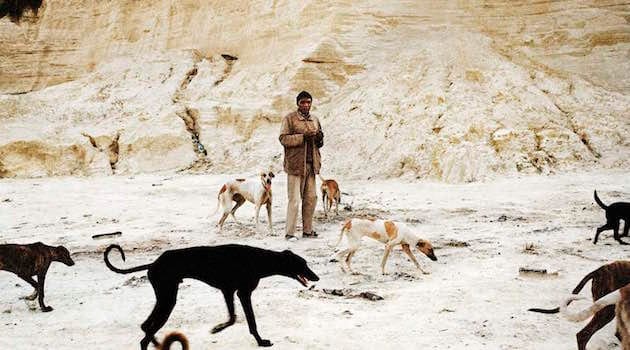
Interview by Rosecrans Baldwin
The Morning News: How did this book and series begin?
Jason Larkin: I was visiting Johannesburg in July 2010 and was totally struck by these incongruous vast manmade piles of earth. Especially as they’re bleached white and yellow, a huge contrast to the surrounding brown and red dark soils. You quickly realize these abandoned mine dumps are a direct link to the beginning of Johannesburg, and are part of the huge ramifications from mining on South Africa’s past and present. I have no family or other links to the country or mining—I just developed a deep fascination with them that led me to living in Johannesburg for two years to complete the project. Continue reading ↓
Tales From the City of Gold was printed both in South Africa as a bilingual publication and a monograph in Europe. All images used with permission, courtesy Flowers Gallery, London, copyright © the artist, all rights reserved.
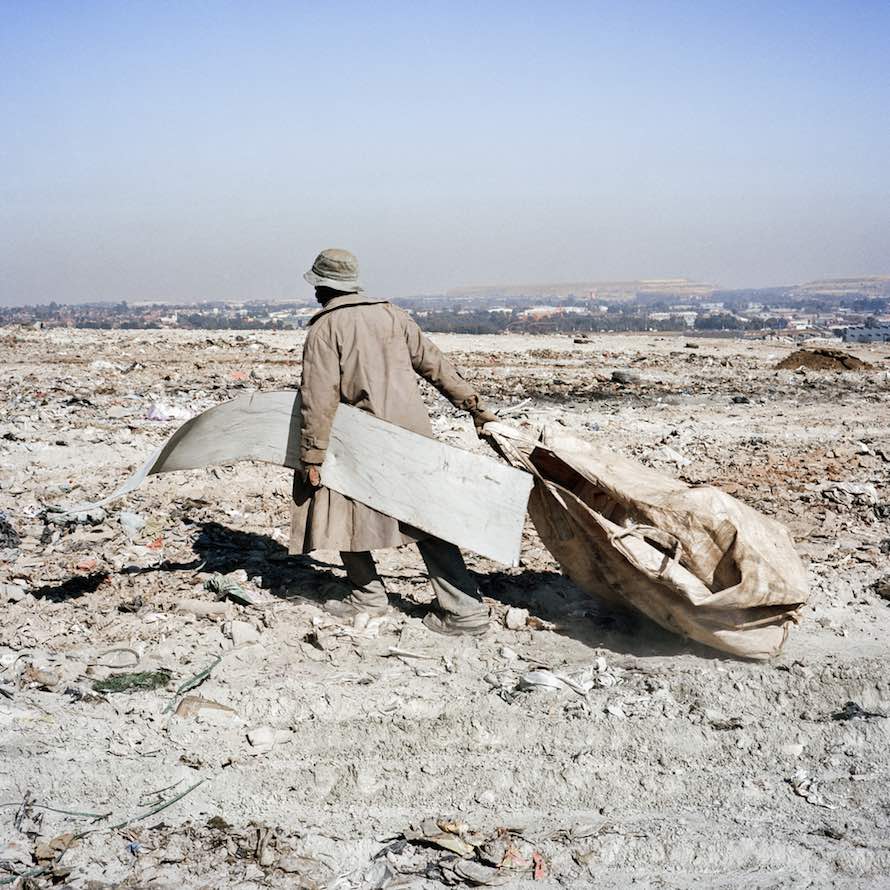
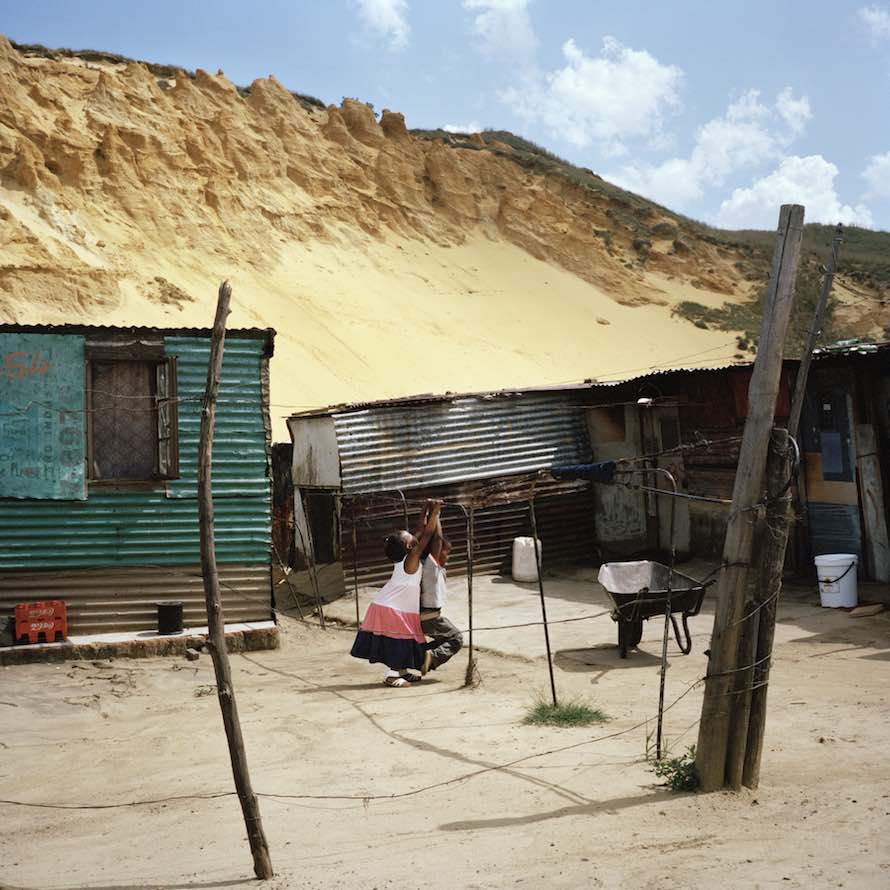
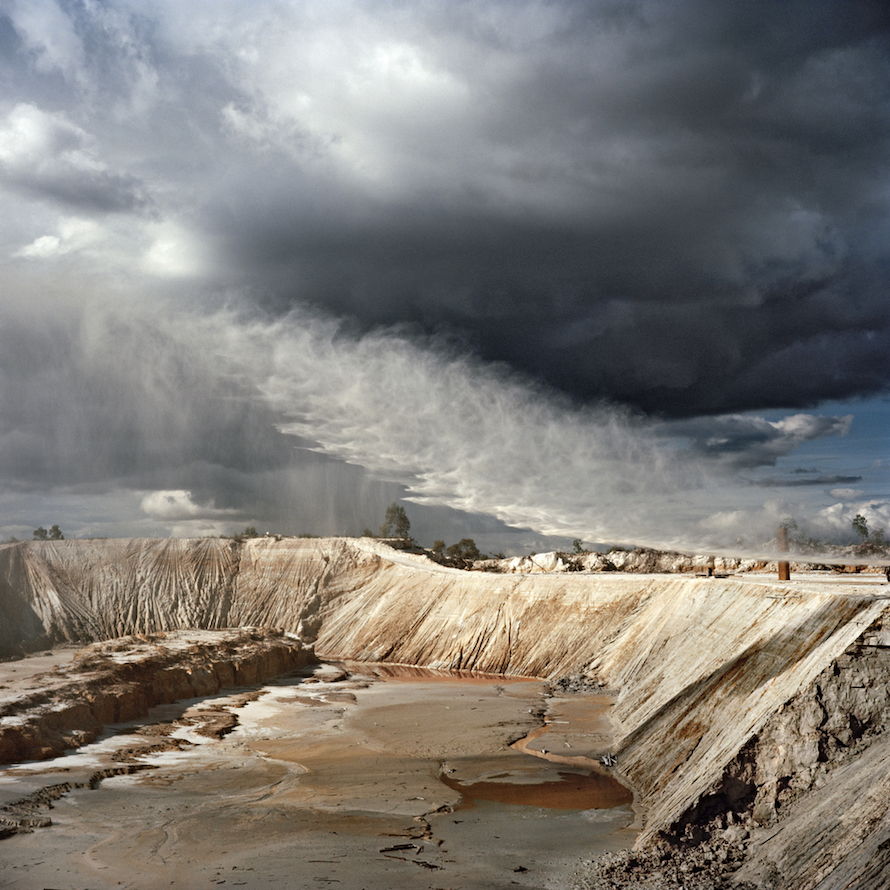
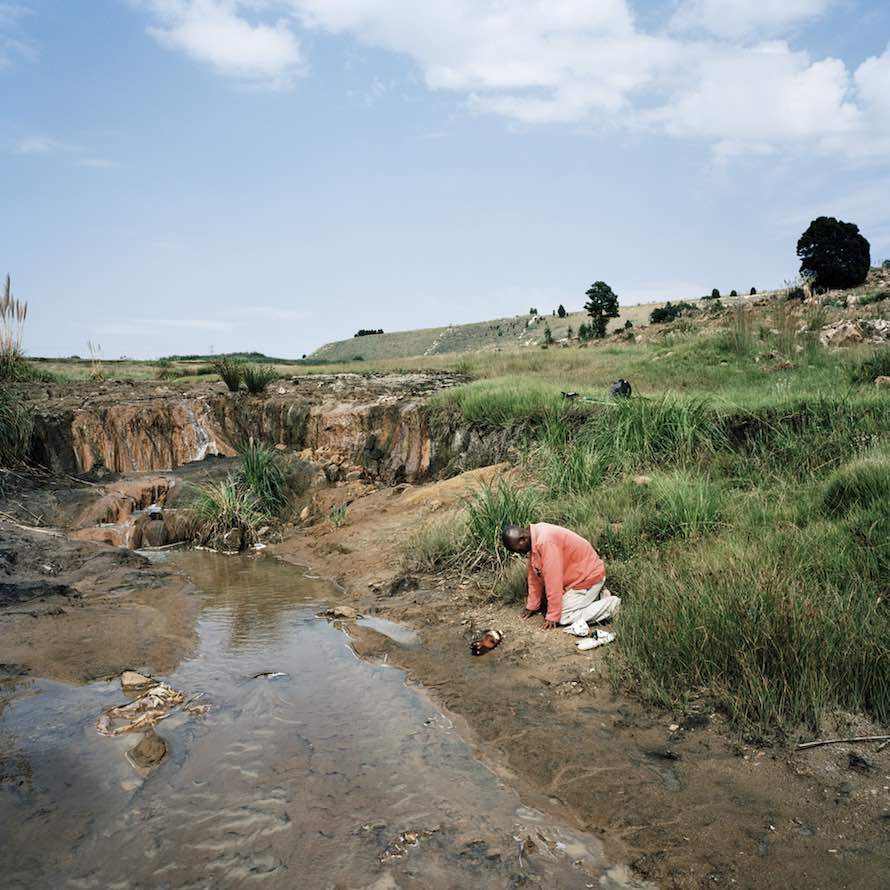
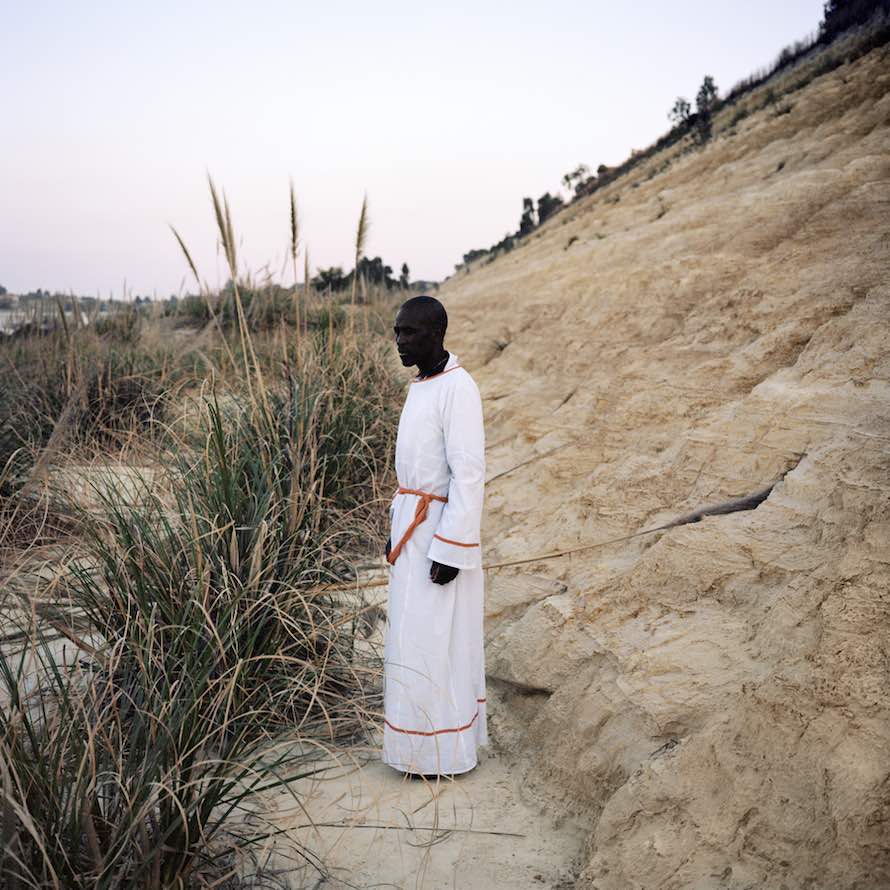
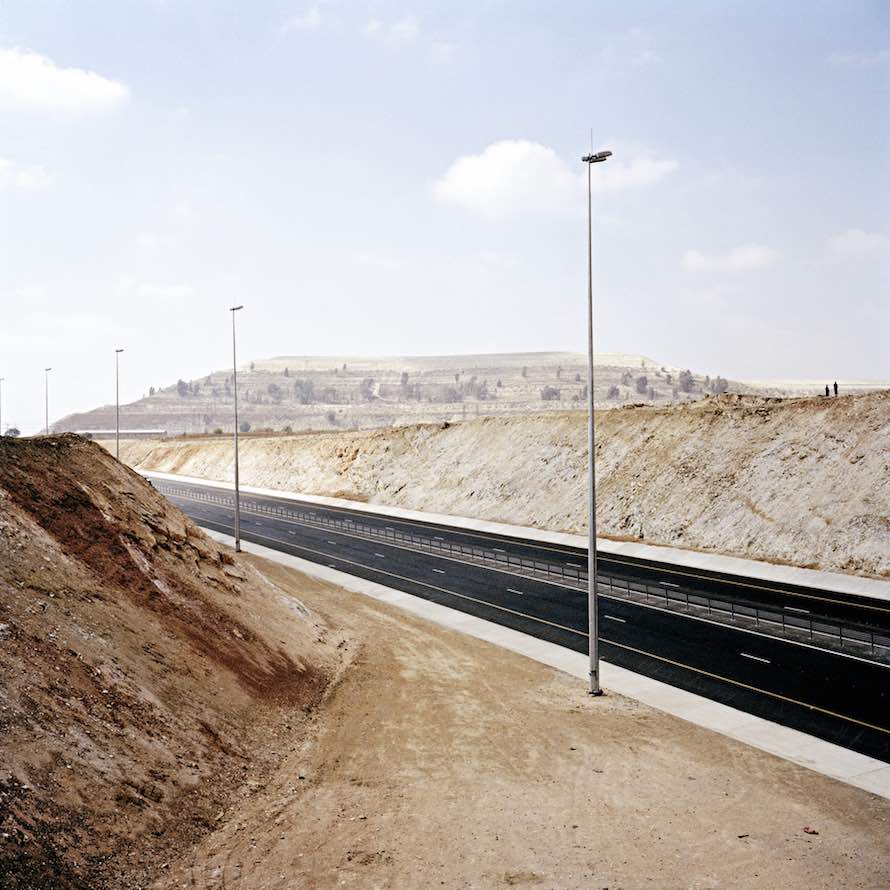
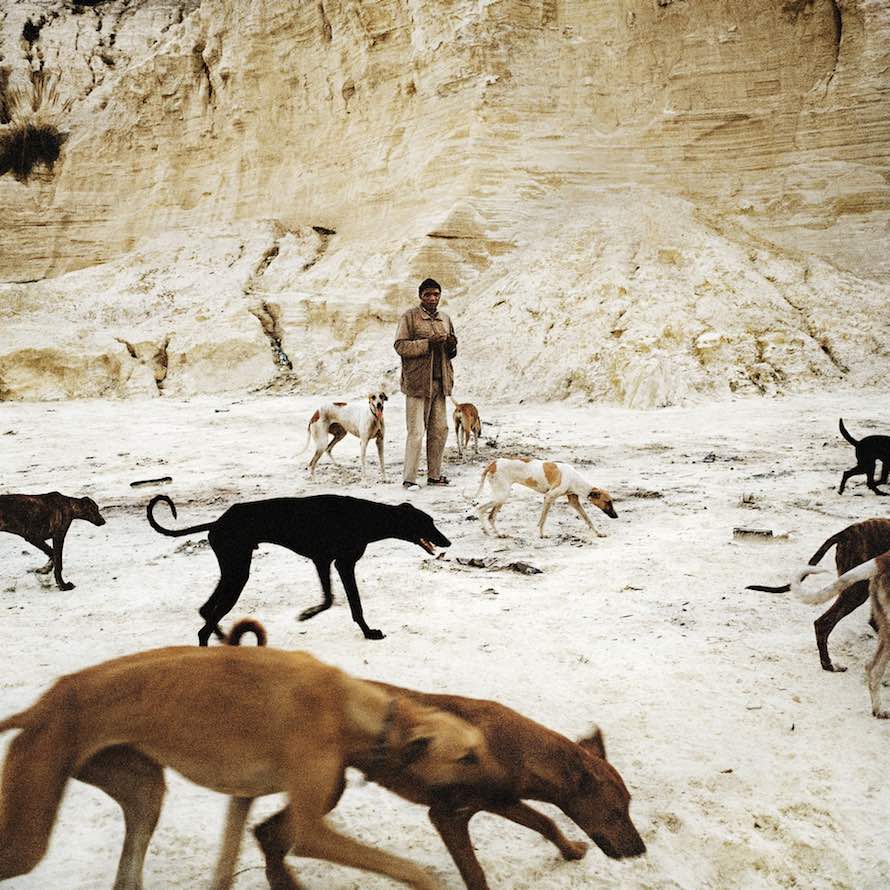
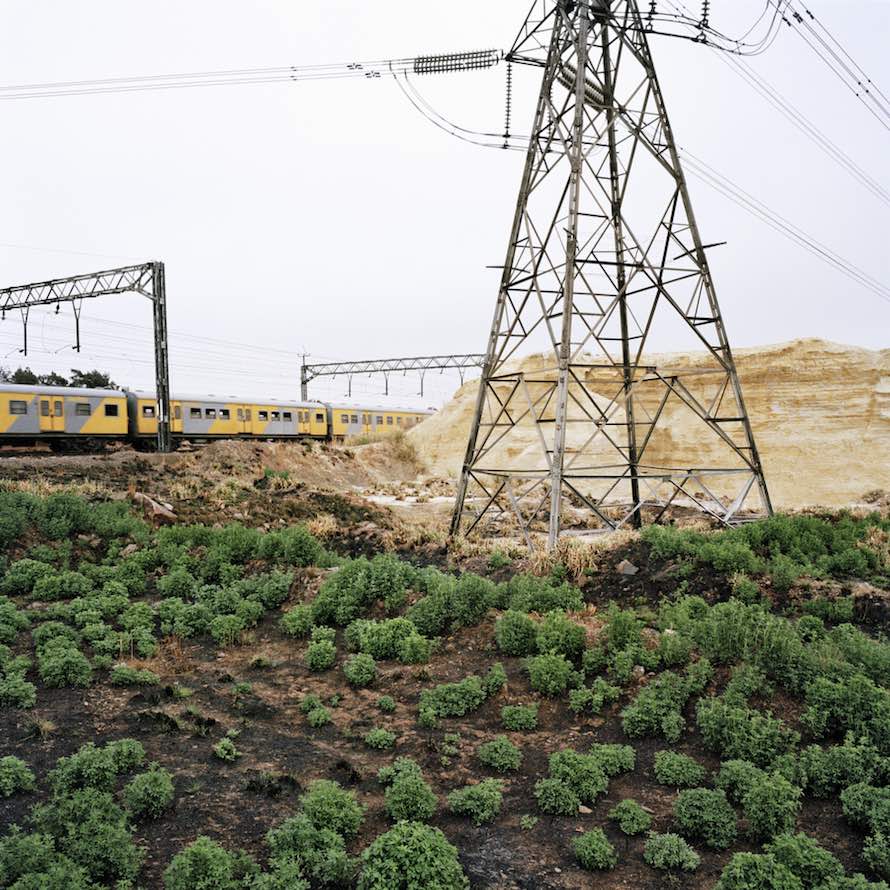
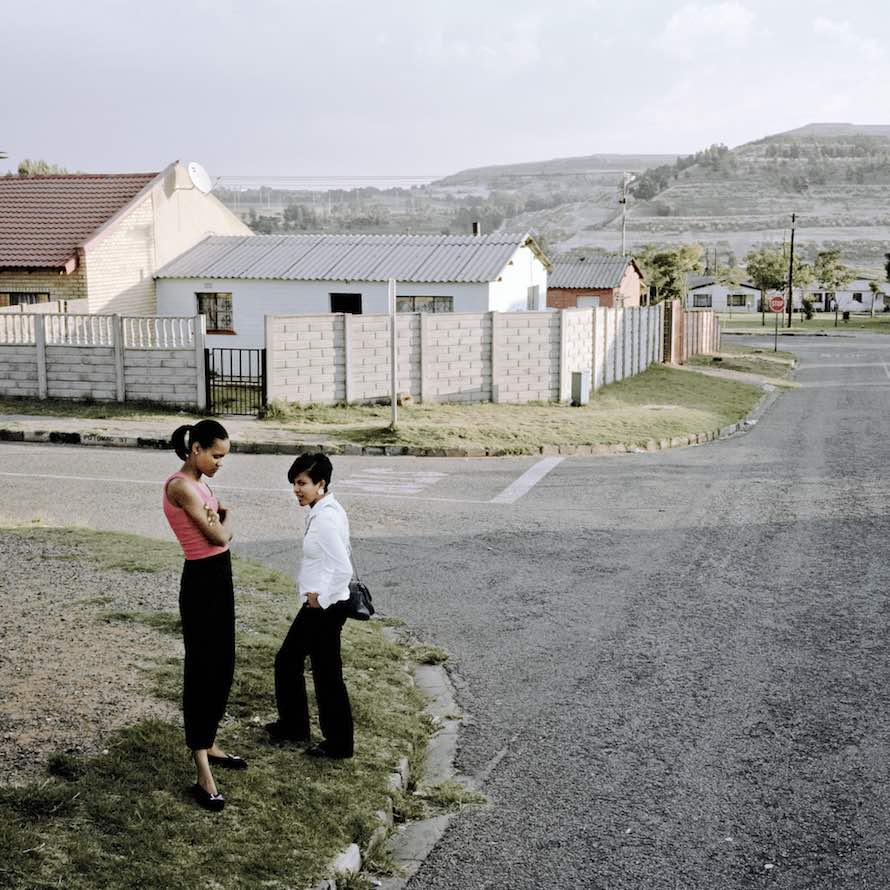
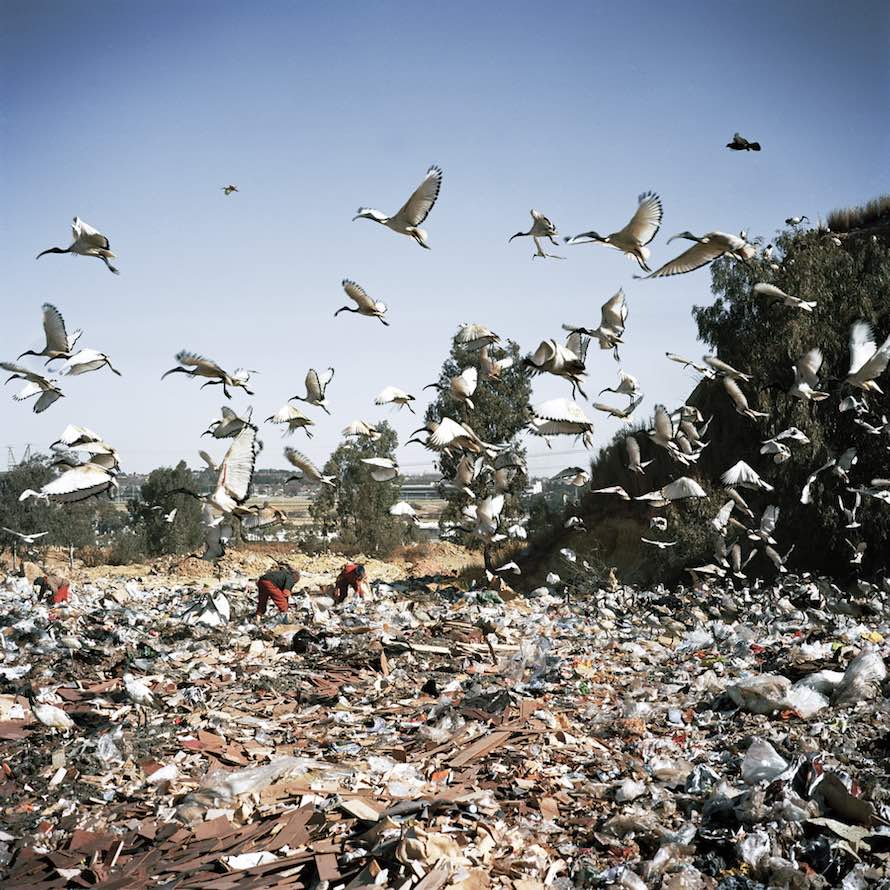
Interview continued
TMN: Are the people who work in the mines living in communities unto themselves, or are the mines considered a part of the city?
JL: They’re not mines, but mine dumps. The mining for the most part stopped a couple of decades ago. What you see across the work is both informal and formal re-mining of the mine dumps for latent gold in the old mining waste. Most people involved in the informal re-mining live in informal settlement communities on the mine dumps. These mine dumps exist in central Johannesburg and the towns that make up greater Johannesburg.
TMN: Aesthetically, what drew you in first? What was toughest to capture?
JL: Once I started to explore the dumps, I realized that each one had its own life, its own relationship to the city, its own issues—it was a huge draw in turning the work into a long-term project. Probably the hardest part was bringing context to the size of the dumps and their relationship to their surroundings.
TMN: The gold industry in Johannesburg collapsed. Is it recovering? What are the lives of the people living around the dumps?
JL: The depth needed to dig to more gold is just far too expensive to make it profitable, even through there’s still millions of dollars of gold still underneath Johannesburg. The reason the re-mining of the mine dumps is happening is because the price of gold went up so much a few years back. As soon as it drops below a certain level, the re-mining will stop as it won’t be seen as profitable.
Most people who live near the mine dumps are in poorer, working-class communities. Many of them are totally informal and have very little, no proper sanitation, running water, electricity, etc.
TMN: Do people consider this a temporary or permanent place to live?
JL: I think most believe it will be temporary, as they moved to Johannesburg for work, but for many it is a home for many years. The city, and country at large, have millions of citizens living in informal settlements, so it’s not unique to Johannesburg. The government has been providing RDP (Reconstruction and Development Program) houses for many years, but the numbers are overwhelming.
TMN: City of Gold and much of your other work seems preoccupied by how history is recorded and lives are defined. Would you’re say you’re an optimist or a pessimist?
JL: The journey South Africa has been on in the last 20 years is remarkable and really should reinforce an optimistic viewpoint—it’s really not a story seen in many parts of the world going through such a dramatic upheaval. But it’s hard to stay optimistic with how current situations are managed by both the government and the elite. I do want to believe, but there is so much consciously bad decision-making happening, that it’s hard to keep perspective.
